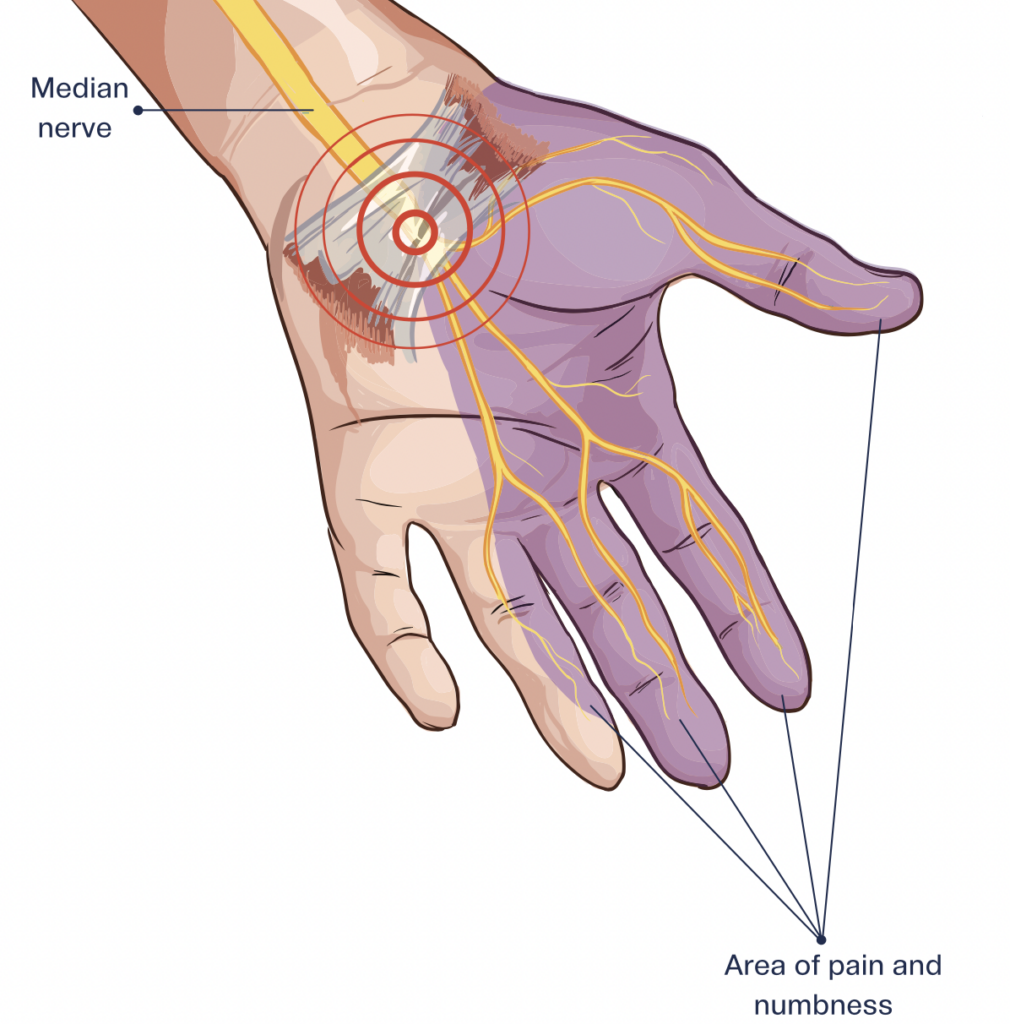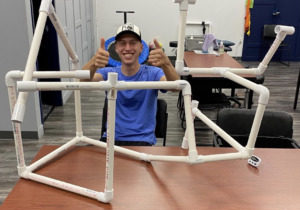Pillar Pain After Carpal Tunnel Release Surgery
Carpal tunnel release (CTR) surgery is a common procedure, with the majority of patients experiencing satisfaction with its outcomes. However, for some individuals, a temporary complication known as “pillar pain” may arise, affecting approximately 13% of those undergoing CTR.

Pillar pain manifests in the thenar eminence and hypothenar eminence due to their proximity to the transverse carpal ligament. It is characterized by wrist pain that causes tenderness and discomfort upon touch, distinct from the incision pain typical of surgical recovery, which usually subsides within a few days to weeks.
Although pillar pain symptoms typically resolve within three months, they can persist longer, even up to 9-12 months. While the exact cause of pillar pain remains elusive, several theories have been proposed, including tender scar tissue, muscle alignment alterations, joint inflammation, injury to small nerve fiber branches, and nerve irritation. Notably, a neurogenic component is suggested, indicating that nerve tissue damage from carpal tunnel surgery may play a significant role.

A theory posits that avoiding the “critical pillar rectangle” during surgery, which encompasses specific anatomical landmarks, could substantially reduce the likelihood of pillar pain occurrence.
Hand therapists offer various interventions for managing pillar pain, including:
- Stretching exercises such as the extrinsic stretching of wrist/hand flexor and tendon gliding exercises.
- Soft tissue mobilization targeted at the thenar and hypothenar eminences, gradually increasing pressure in sensitive areas.
- Desensitization techniques involve the use of different textures like cotton, wool, foam, soft Velcro, and others to rub over sensitive areas. Immersion of the affected area in substances like cotton balls, foam, rice, or beans can aid in desensitization.
- Median nerve glides to facilitate nerve flossing and restore median nerve mobility.
- Scar softening treatments such as paper tape or silicone gel pad.
By employing these strategies, individuals experiencing pillar pain can effectively manage their symptoms and facilitate recovery following carpal tunnel surgery.
Kumar, A., & Lawson-Smith, M. (2024). Pillar pain after minimally invasive and standard open carpal tunnel release: A systematic review and meta-analysis. Journal of Hand Surgery Global Online. https://doi.org/10.1016/j.jhsg.2023.12.003
Ludlow, K., Merla, L., Cox, J., & Hurst, L. (1997a). Pillar pain as a postoperative complication of carpal tunnel release. Journal of Hand Therapy, 10(4), 277–282. https://doi.org/10.1016/s0894-1130(97)80042-7 .
1 Comments
Leave a Comment
More To Read
Occupation Based Interventions in Hand Therapy
Keeping Occupation Based Interventions in Hand Therapy By: Tristany Hightower Are your treatments occupation based? Do you tailor your activity choices to fit the needs of each patient? As occupational therapists, we should be specialists in creating goals and interventions that are directed at returning our patients to meaningful occupations. Too often, hand therapy can…
Read MoreArticle Review: Trapeziectomy and LRTI: What can patients with CMC osteoarthritis expect 12 months after the procedure?
Janakiramanan, N., Miles, O., Collon, S., Crammond, B., McCombe, D., & Tham, S. K. (2021). Functional Recovery Following Trapeziectomy and Ligament Reconstruction and Tendon Interposition (Trapeziectomy and LRTI): A Prospective Longitudinal Study. The Journal of hand surgery, S0363-5023(21)00304-X. Advance online publication. https://doi.org/10.1016/j.jhsa.2021.04.036 The skinny: Patients with trapeziometacarpal (TMC) osteoarthritis who are candidates for a trapeziectomy and…
Read MoreEDS and Hand Therapy
The Amazing Zebras—No Two Zebras Are Alike Ehlers-Danlos Syndrome: A Unique Condition By: Brittany Carrie Zebras are a unique species in that they are a horse-like creature comprised of beautiful black and white stripes. These stripes, which still remain a mystery on their said purpose, are unique in their own way as no two zebras…
Read MoreSign-up to Get Updates Straight to Your Inbox!
Sign up with us and we will send you regular blog posts on everything hand therapy, notices every time we upload new videos and tutorials, along with handout, protocols, and other useful information.






Thank you for all the info